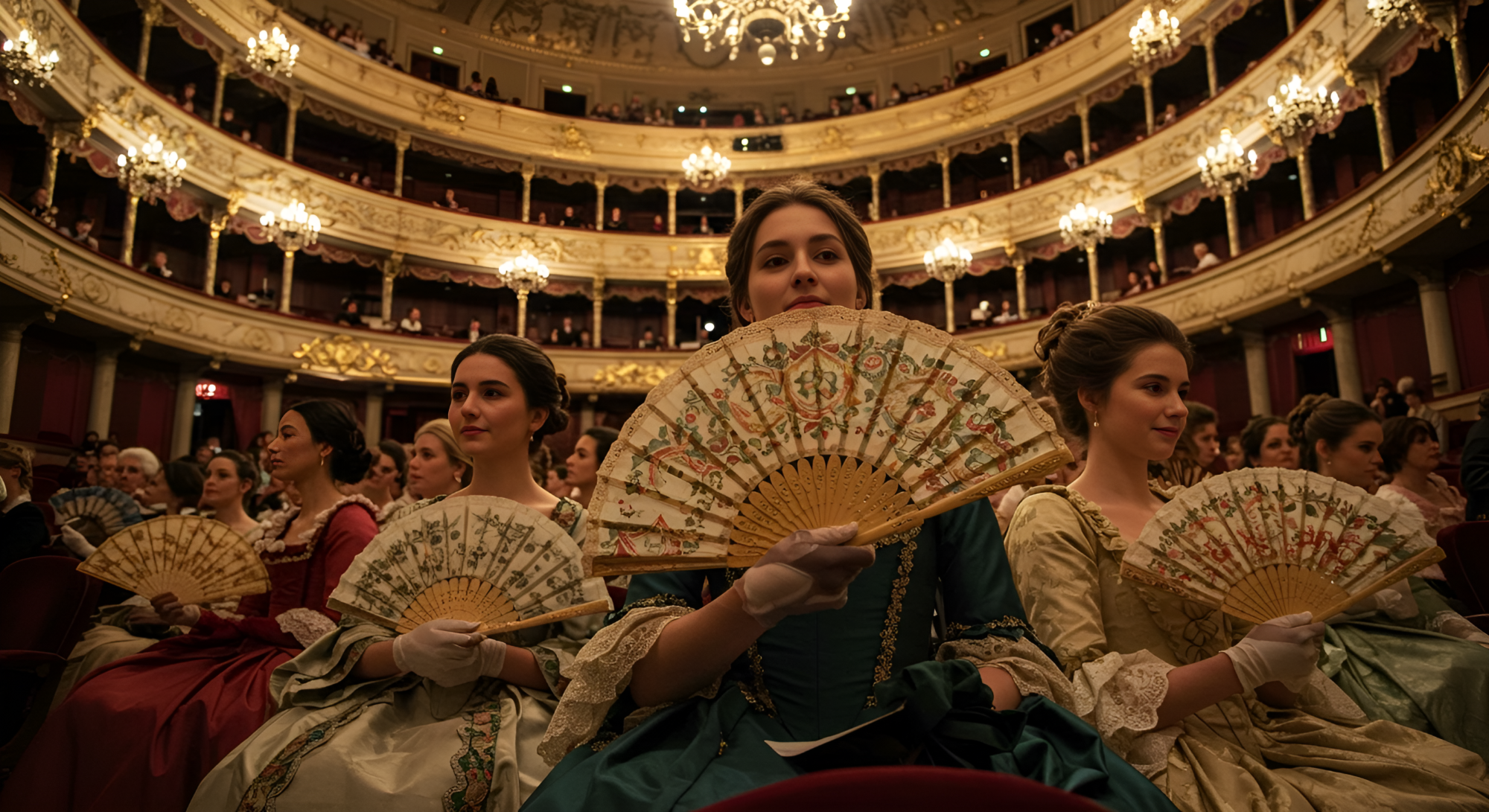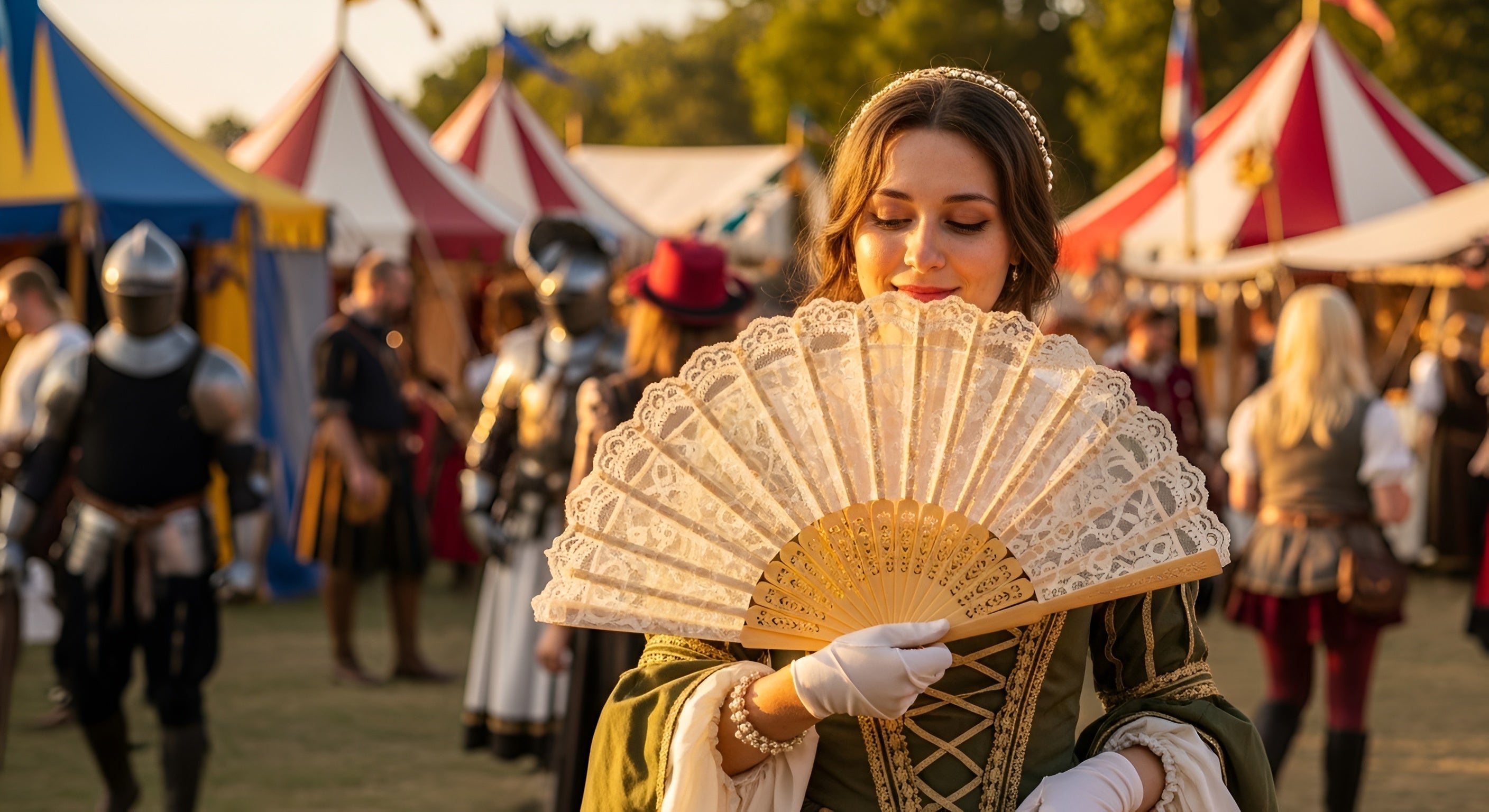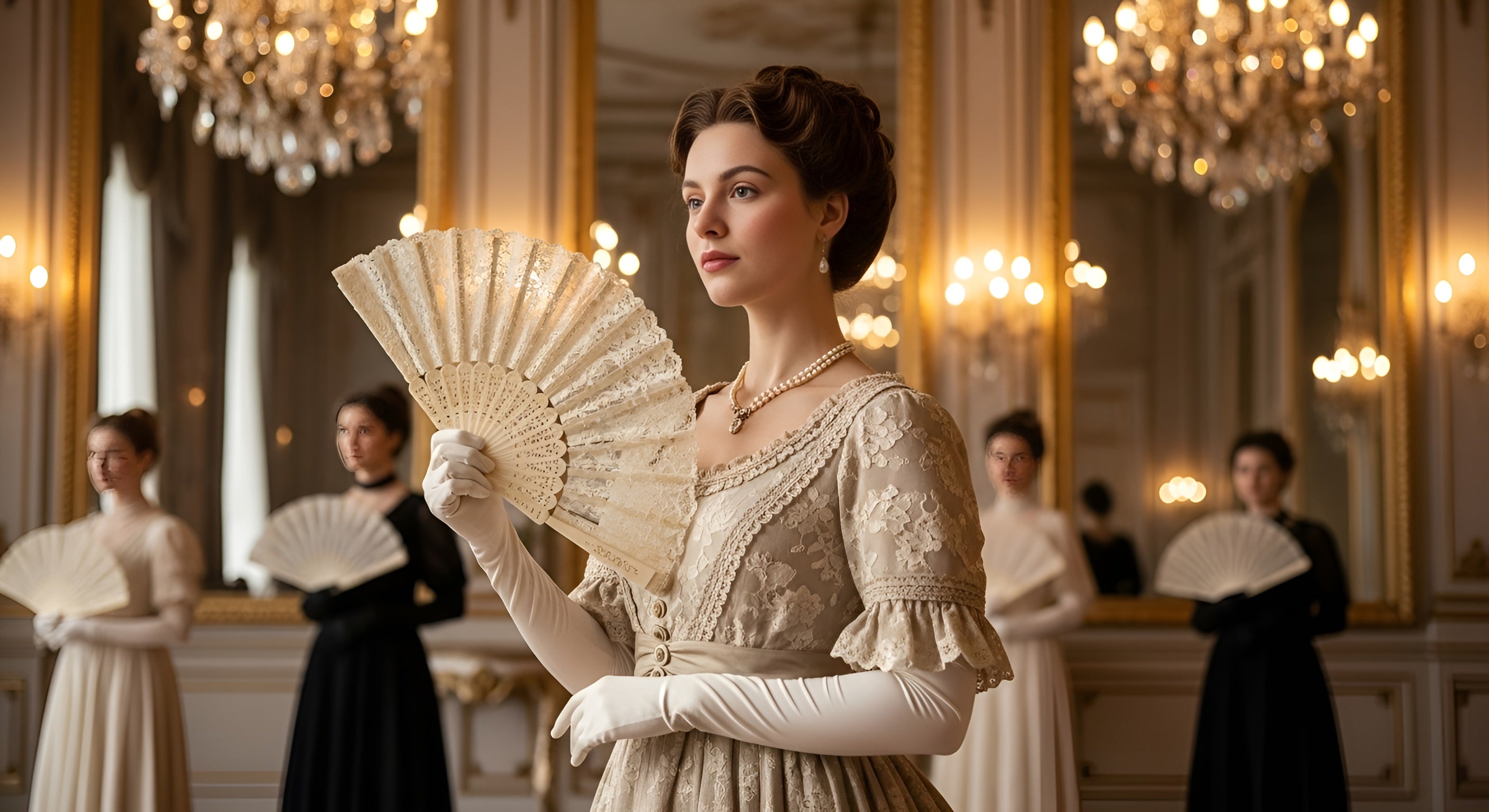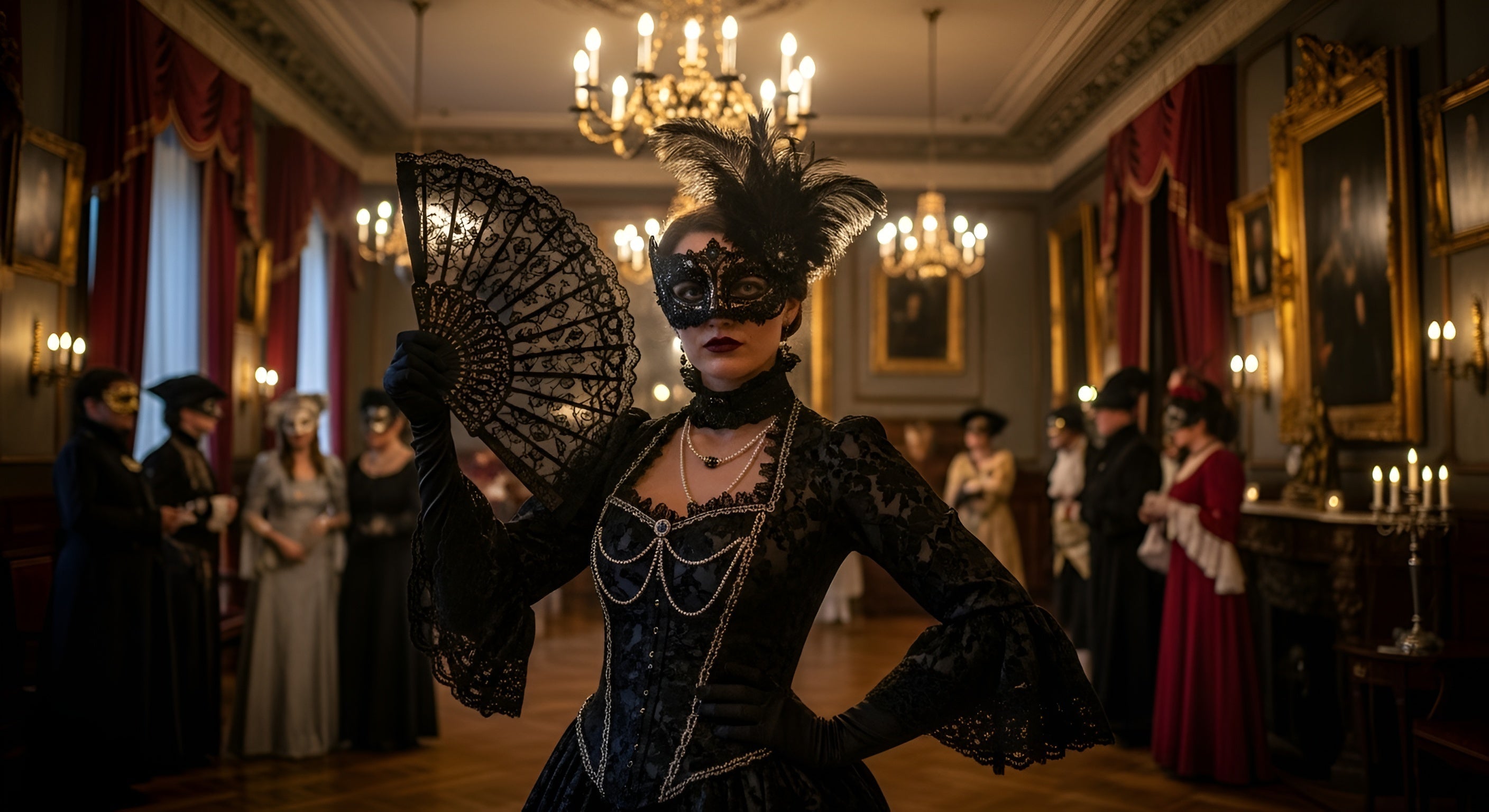In the grand theatres of Europe, where velvet seats cradle eager audiences and chandeliers glitter above gilded balconies, the humble hand fan has long held a place of quiet power. More than just a tool for cooling, fans were once woven deeply into the culture of opera and ballet — serving as status symbols, silent communicators, and even dramatic props onstage.
A Symbol of Elegance in the Audience
Attending the opera or ballet was, and still is, about more than the performance — it's a social affair steeped in tradition and refinement. In the 18th and 19th centuries, hand fans became indispensable accessories for well-dressed ladies of the theatre. Crafted from silk, lace, ivory, or sandalwood, these fans weren’t merely ornamental. They completed an outfit and conveyed taste, wealth, and an appreciation for the arts.
Beyond fashion, fans offered a subtle form of communication. In an era when overt expressions were frowned upon, fan gestures could signal everything from interest to disapproval — an unspoken language understood by many in high society.
Fans on Stage: Drama in Motion
Hand fans didn’t just flutter in the audience. They took centre stage in countless operas and ballets, used to enhance the drama of a scene or express the emotions of a character. Dancers used fans to punctuate their movements with flair — a sharp snap of the wrist, a slow unfolding — transforming them into extensions of the body.
In ballets like Don Quixote, La Bayadère, or even The Nutcracker, hand fans have often been featured as essential costume pieces. Their inclusion adds historical authenticity and lends a layer of theatricality to each performance.
In opera, fans could be symbolic — carried by heroines to reflect their sophistication, used to hide secrets or cast sultry glances. In Puccini’s Madama Butterfly, for instance, the fan is part of the cultural expression, rooted in the character’s Japanese heritage.
Preservation of a Cultural Artefact
Today, antique hand fans from opera houses and theatres are preserved in museums and private collections. They serve as glimpses into a bygone era where elegance, poise, and symbolism were essential to performance culture.
Collectors and enthusiasts still seek out traditional designs inspired by these golden eras, not only for their beauty but also for their cultural and historical significance.
A Legacy that Lives On
Though modern life has done away with much of the silent symbolism of the hand fan, their aesthetic and functional appeal endures — particularly for special events, period-themed performances, or simply as a unique accessory with a touch of theatrical flair.
For those inspired by the elegance of opera houses and ballet stages, traditional hand fans offer a connection to the past that feels timeless. Explore a variety of classic designs and styles inspired by historical artistry at getmyfan.com — where tradition meets contemporary taste.




Share:
The Best Feather Fans for Cabaret & Dance Shows
How to Choreograph Dance Routines with Hand Fans